Holocaust survivors return to concentration camp for first time to meet Duke and Duchess of Cambridge

The last time Manfred Goldberg and Zigi Shipper saw the gates of Stutthof together, they were in fear for their lives as the horrors of the Holocaust unfolded around them.
Today, they set foot back in the camp with the Duke and Duchess of Cambridge in a deeply emotional visit to confront the deep trauma of life at the Nazi concentration camp.
Mr Goldberg, 87, called the day a "seismic event", admitting he had hesitated return to Stutthof but had decided to "finally face the past" with the Royal couple by his side.
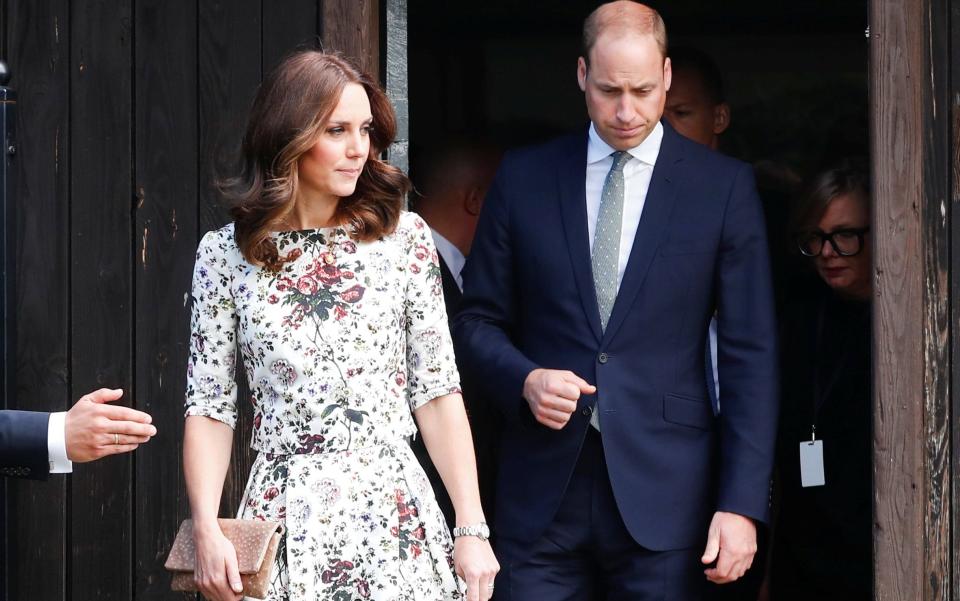
The Duke and Duchess described their visit as "shattering".
Writing in the camp's guestbook, they said: "We were intensely moved by our visit to Stutthof, which has been the scene of so much terrible pain, suffering and death.
"This shattering visit has reminded us of the horrendous murder of six million Jews, drawn from across the whole of Europe, who died in the abominable Holocaust."
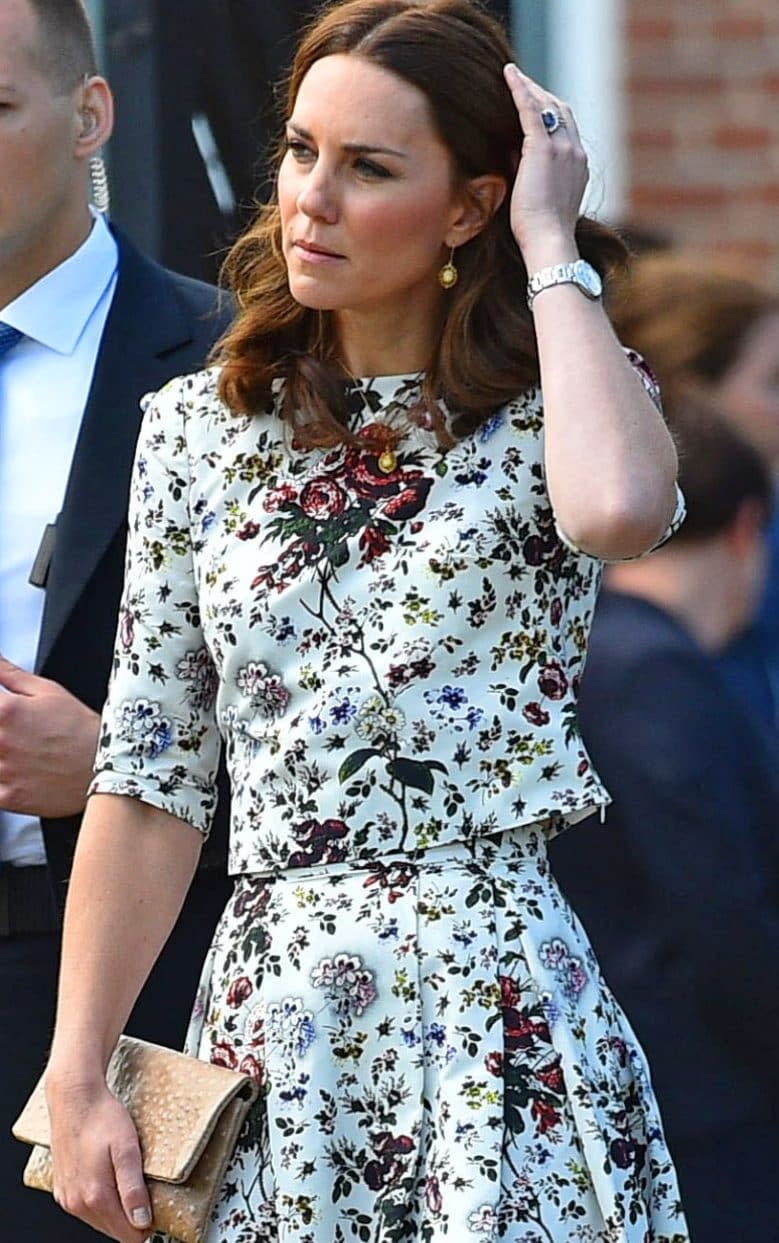
They added: "It is, too, a terrible reminder of the cost of war. And the fact that Poland alone lost millions of its people, who were the victims of a most brutal occupation.
"All of us have an overwhelming responsibility to make sure that we learn the lessons and that the horror of what happened is never forgotten and never repeated."

Mr Shipper said he "most probably" would not have felt able to return to Stutthof had it not been for the royal visit, but hoped their presence would encourage others to come and learn about it.
He has returned to Auschwitz-Birkenau, where he was also held prisoner, several times.
He said: "I asked myself many times 'why don't I want to go to Stutthof'. I don't know. "But when I came I realised how important it was."
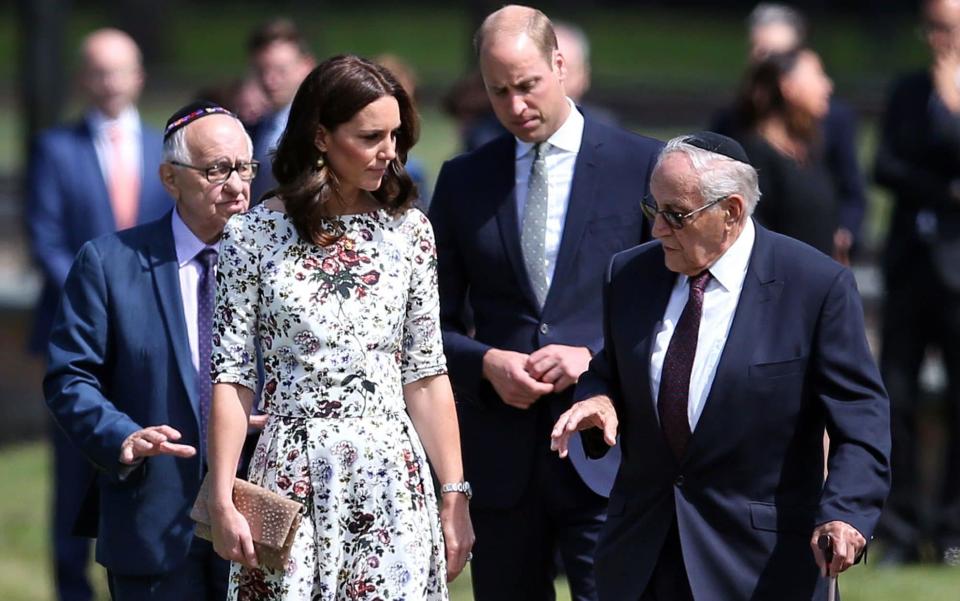
Mr Shipper said about today's visit: "When a royal goes and it's put on the television or in the paper, people say 'why don't we go?' And that's what we want.
"People should know that it wasn't just Auschwitch-Birkenau, it wasn't just Bergen-Belsen, look at all the other camps."
He added he thought William and Kate were "very moved". "You could see their faces, he said. "They were in pain."
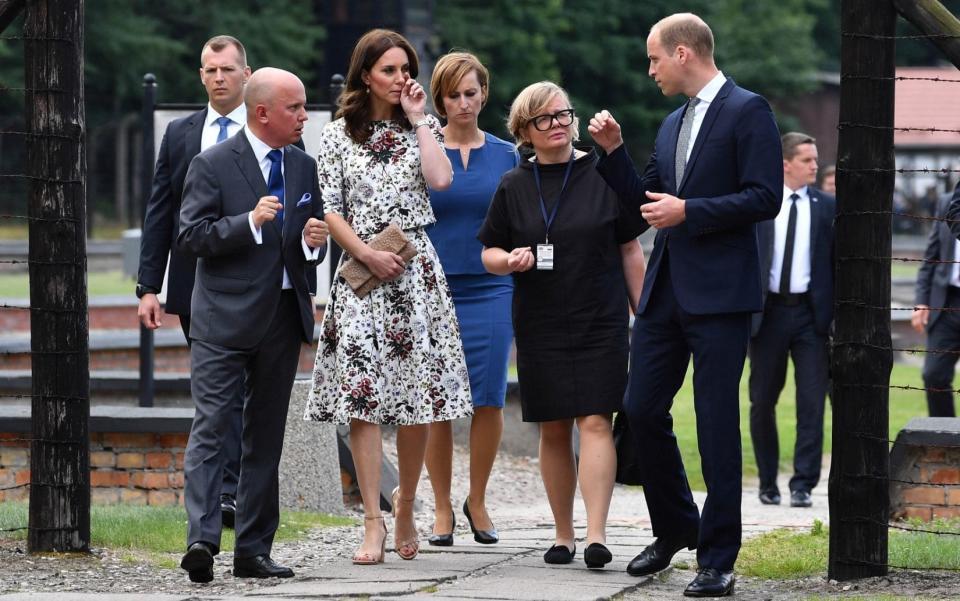
Mr Shipper, who survived Auschwitz-Birkenau before being sent to Stutthof, said the visit "means so much" as he paid tribute to the friends, including Mr Goldberg, who saved his life by supporting him on the final death march when they were both just 15.
The men, who both moved to Britain after being liberated, have been friends ever since, and now travel around the country to teach young people about the consequences of anti-semitism. It is the first time either man has returned to the camp.
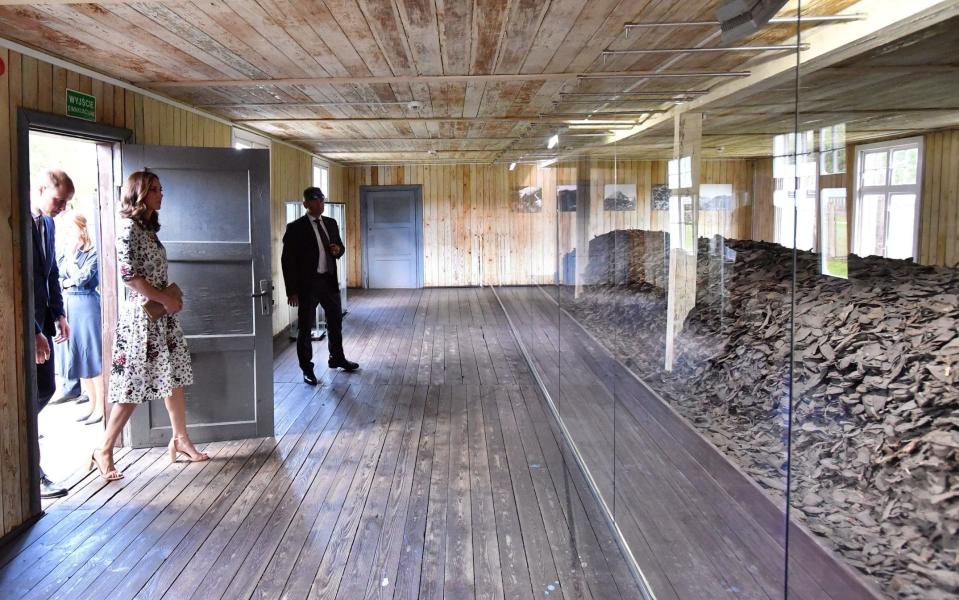
The Holocaust Educational Trust (HET) arranged for Mr Goldberg and Mr Shipper to visit the Nazi concentration and death camp in Stutthof, which was created as a prison camp for Poles in 1939 before tens of thousands of Jews were deported in 1944.
Designed for labour, it became a brutal concentration camp with mass hangings and a gas chamber to murder those too ill to work. 28,000 Jews died there.
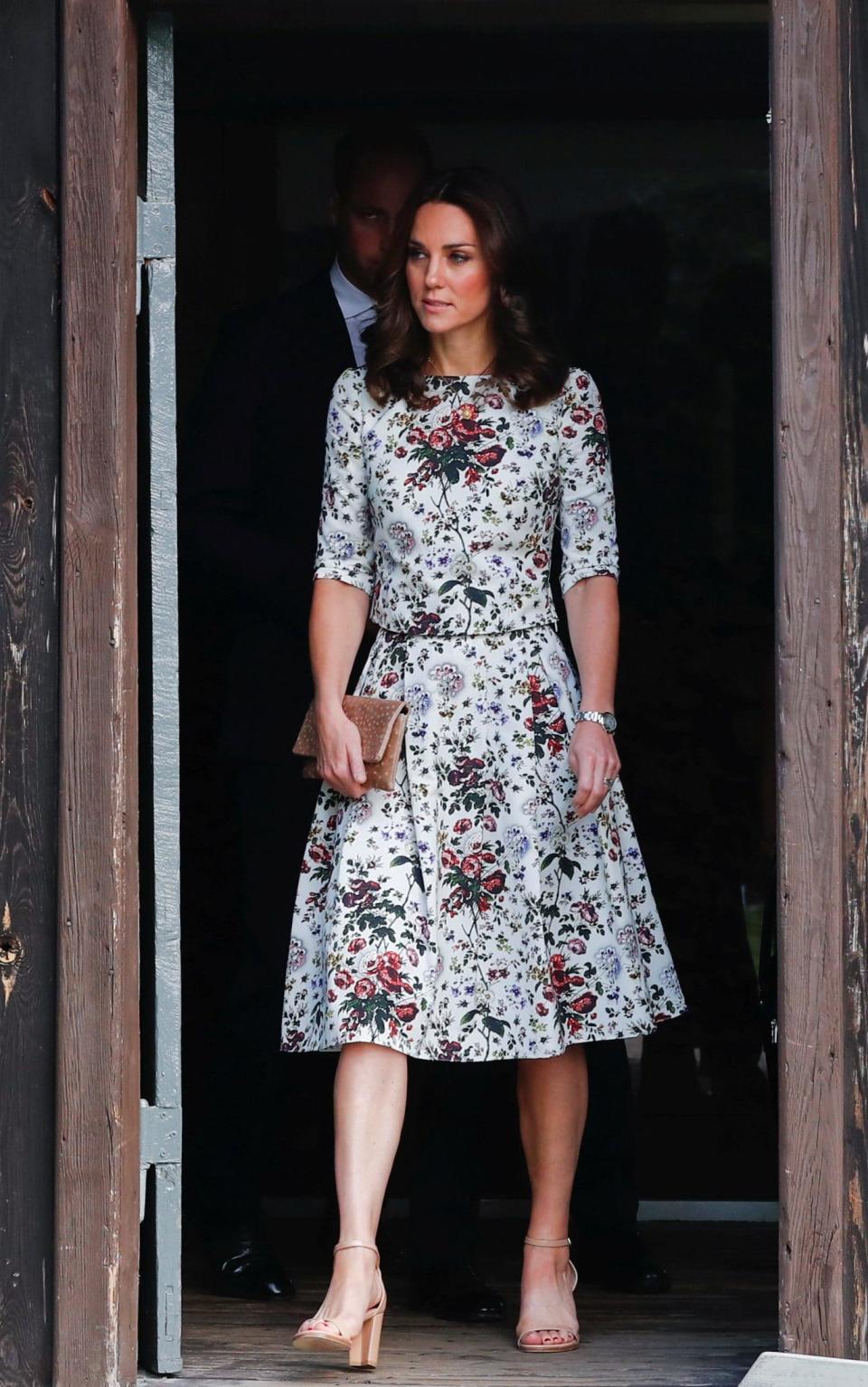
The Duke and Duchess visited Stutthof during their five-day tour of Germany and Poland, working to "draw attention to the need to teach young people about this tragic episode in our shared memory", the HET said.
During their visit, The Duke and Duchess were shown discarded shoes, clothing and other personal items, once belonging to the prisoners and taken from them on arrival at the camp. They will also be shown the gas chamber.

During the visit, they paid their respects by placing stones by the camps’ Jewish memorial, accompanied by Mr Shipper and Mr Goldberg, who will recite the El Maleh Rachamim, the Jewish memorial prayer for those who have died.
The HET explained that the placing of stones at a grave or memorial is an old Jewish custom dating back to medieval times, honouring the dead by signifying that the gravesite has recently been visited.

Mr Shipper said: “I had no parents, no brothers or sisters. All I had were my friends – including Manfred.
"They were what kept me going. When we were on the death march, they encouraged me to keep walking when I wanted to give up. We supported each other physically and emotionally.
"We were all weak, but gave each other strength. It means so much to me that we were able to come back to the camp today, together.
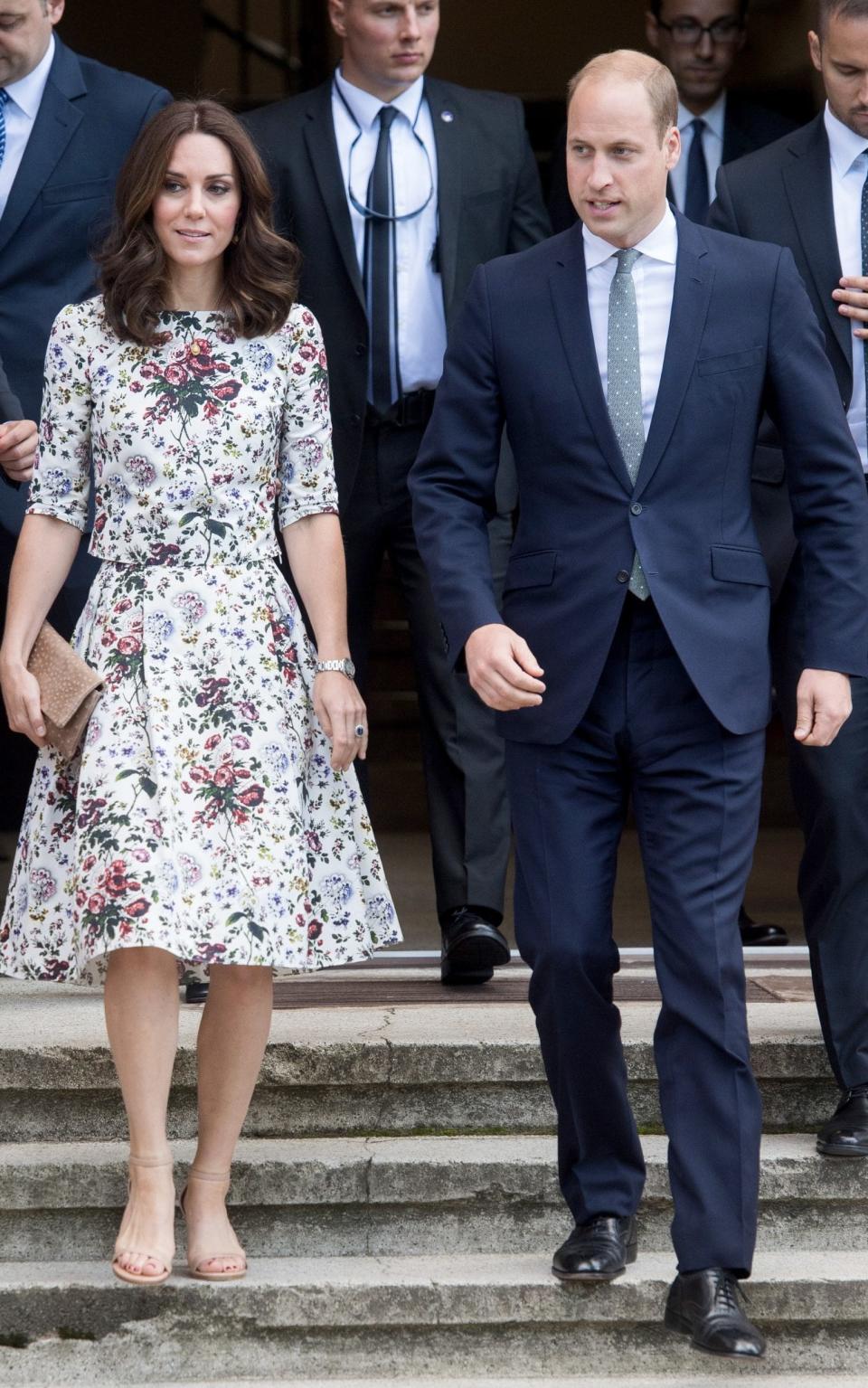
On sharing his testimony, Mr Shipper said: “It is so important that young people know what happened. I will never give up speaking with the Holocaust Educational Trust - it’s all to do with stopping racism and hatred. It gives me hope when I speak to young people, and see that they are so willing to listen.
"But there aren’t many of us left. I hope today’s visit will remind the world what happened. Everyone has heard of Auschwitz Birkenau but it’s so important for people to hear about camps like Stutthof.”
Mr Goldberg said: “For me, returning to Stutthof is a seismic event. I have never been back to any of the places where I was imprisoned since I came to the UK in 1946.
"When I was first asked about visiting the camp, I hesitated. The mere thought of returning made me relive those years in my mind. But I decided I had to come and finally face the past."
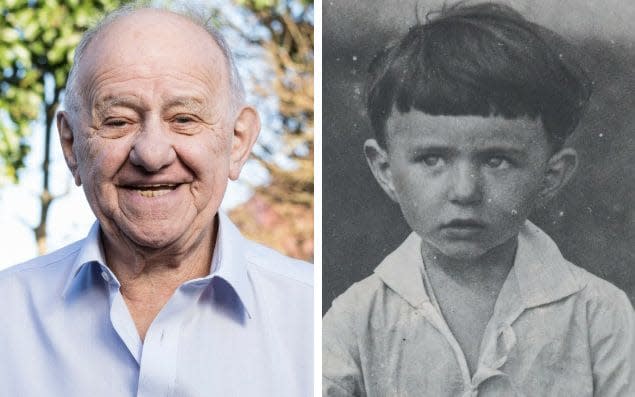
Mr Goldberg, born in 1930 to an orthodox Jewish family in Kassel, Germany, was deported to Riga Ghetto with his mother and younger brother in 1941, assigned to a nearby labour camp in 1943 to lay railway tracks. In 1944, he transported to Stutthof and spent nine months in slave labour before being forced onto a death march and eventually liberated by British troops.
His younger brother was murdered. He was reunited with his mother and father in Britain after the war, going on to marry and have four sons.
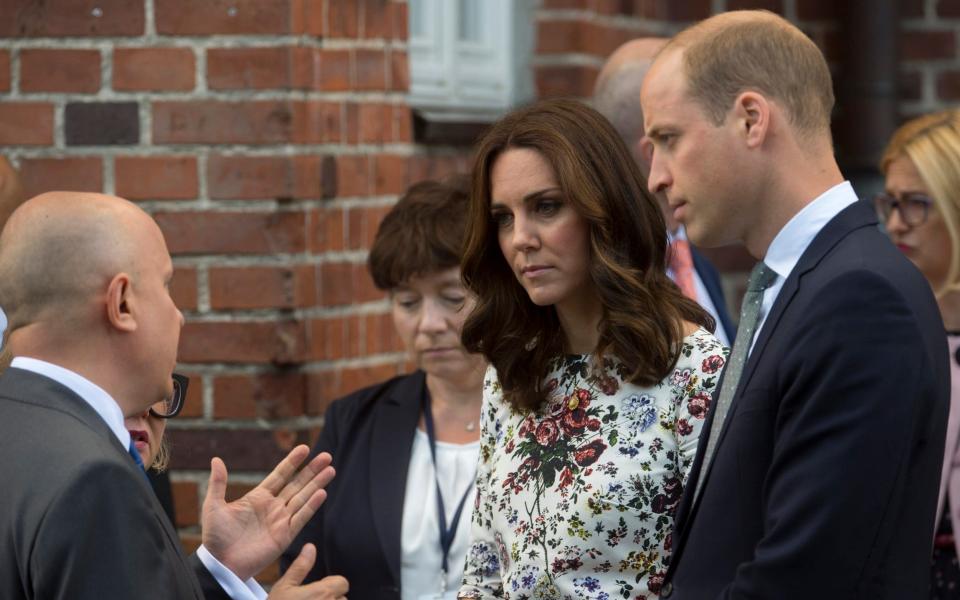
Mr Shipper was born in Lodz, Poland, and survived for four years in the Łódź Ghetto working in a metal factory, once narrowing escaping transportation to a concentration camp by jumping off a lorry aged 12.
In 1944, he was put onto a cattle truck and sent to Auschwitz-Birkenau, being stripped, shaved and showered before being assigned fit to work and volunteering to join a group of 20 boys sent to work at the Stutthof railway yard.
The two boys met aged 14 at Stolp, the labour camp, and both were forced on the 1945 death march while suffering typhus, liberated by British troops at the port in Neustadt before being taken to the same hospital to recuperate.
Mr Shipper, whose grandparents died and father remains missing, believed he was the only member of his family to survive the Holocaust, before being reunited with the mother he had not seen since his parents divorced when he was a small child.
Built in Poland, Stutthof was the first Nazi camp set up outside German borders in September 1939 and one of the last camps liberated by the Allies in May 1945.
Around 110,000 people, men, women and children from 28 countries were imprisoned in Stutthof, where as many as 65,000, including 28,000 members of the Jewish community died.
The Cambridge family's five-day tour of Poland and Germany is widely considered as part of a Brexit "charm offensive" undertaken by the Royal family this year following the filing of Article 50.
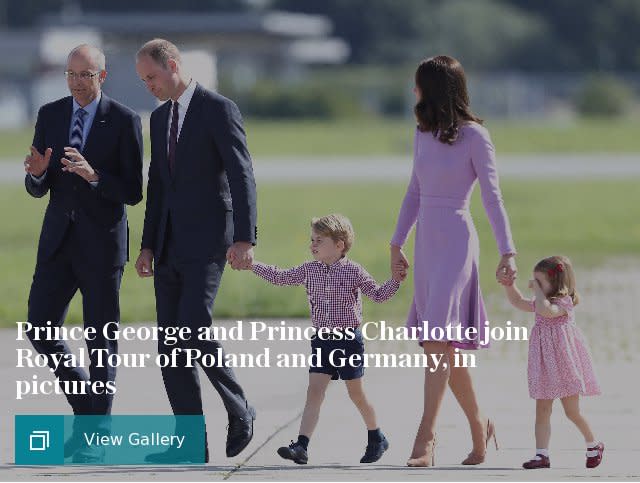
They landed in Warsaw in wet weather, putting on a brave face as they stepped down a short flight of steps onto Polish soil.
However, Prince George, who turns four on Saturday, took some gentle persuasion from his father, the Duke of Cambridge, as he landed in Warsaw to face a line of grown-up dignitaries and the drizzling rain.
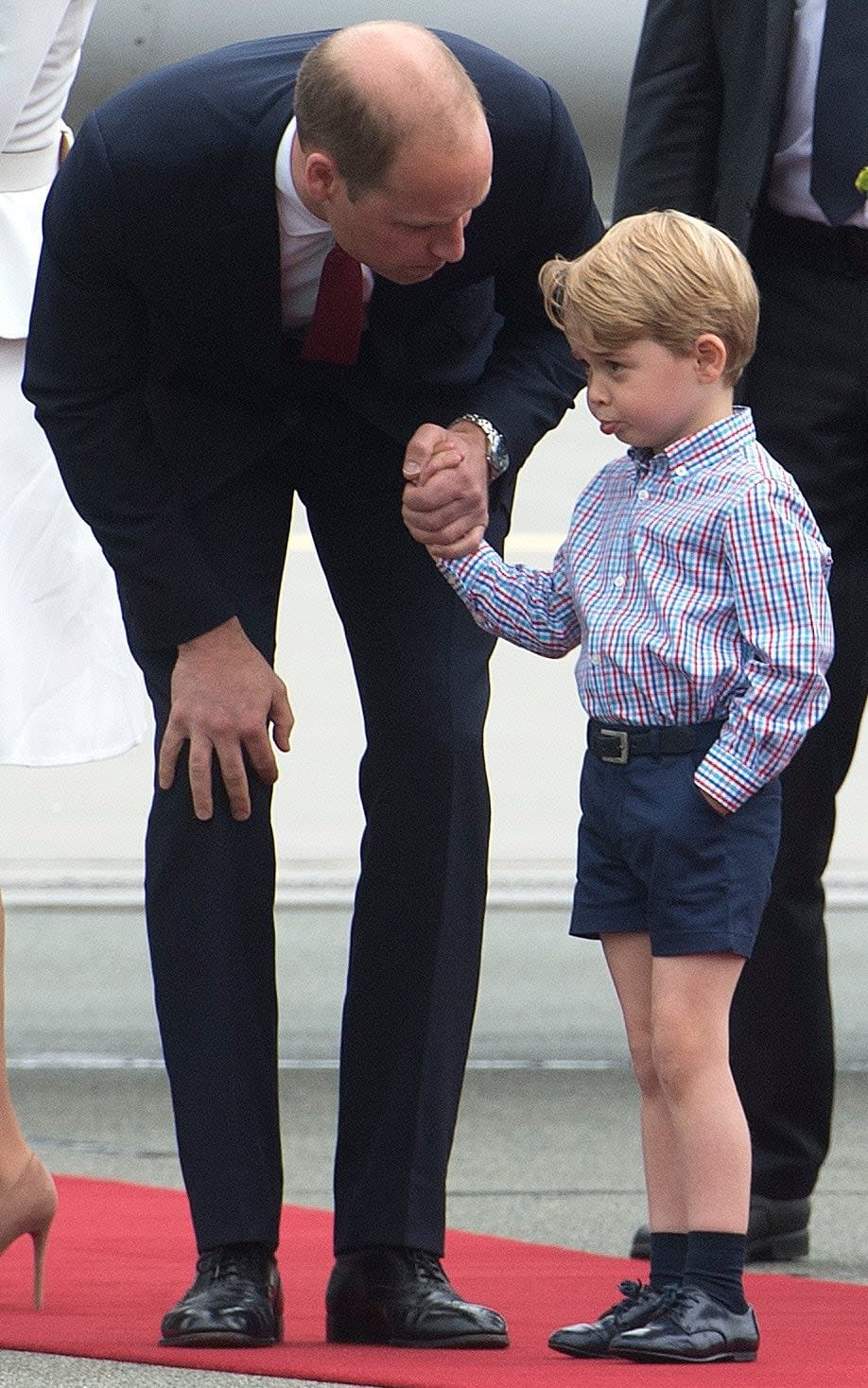
The little boy seemed reluctant to leave the cosy private charter plane, halting at the door before plunging a hand in his pocket, pushing out his bottom lip, and concentrating on scuffing his feet.
The small Prince put on an amusing show on the Polish red carpet, as his cheerful little sister Princess Charlotte wrapped her arms around her mother's neck to be carried.
But if the perils of having two children in the public eye fazed the Duke and Duchess, they certainly did not show it - even suggesting they should have a third soon.
The Duchess, who was presented with a soft toy designed for newborns later in the day, turned to her husband with a laugh and told him: "We will just have to have more babies."

As the Duke and Duchess embarked on their public duties, the children were given a warm welcome by officials before being taken to Belvedere Palace and a room full of new toys including a teepee, a wooden bicycle, a sit-on model plane, a rocking horse and a climbing frame each with a pink slide and blue slide respectively.
The Duke and Duchess visited the presidential palace, before going to meet some of around a thousand wellwishers who had turned out in the hopes of meeting them.
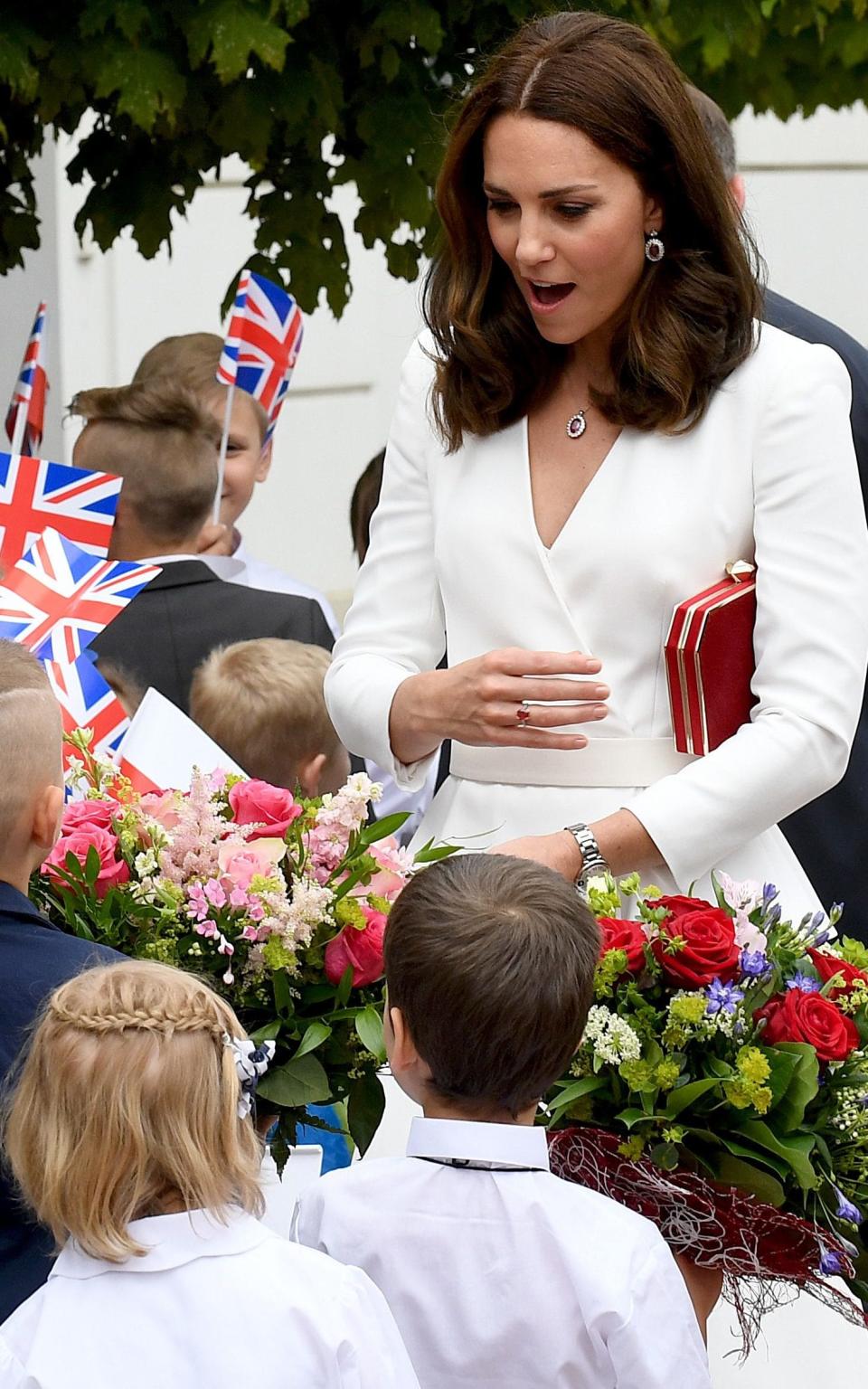
Later in the afternoon, the Royal couple visited The Heart, which supports start-up companies for tech entrepreneurs, where the Duchess was given cuddly toys to pass on to Prince George and Princess Charlotte.
The Duke and Duchess were shown a variety of innovations, including a robot designed for children to code and a foetal heart monitor to allow pregnant women to track their health at home.
They both tried on virtual reality headsets showing them a view of Warsaw, and played with a robot by company Proton which moved when the Duchess patted its head.

Elsewhere on the first day of their tour, they visited the Warsaw Rising Museum to pay their respects to the estimated 200,000 Poles who died in an ill-fated 63-day rebellion against Nazi occupation in 1944.
There, veterans appeared to take their Royal visitors slightly more in their stride than gushing younger fans.
Colonel Edmund Brzozowski, 98, who joined the Polish resistance and was imprisoned in Russia before joining up with British forces in the Middle East and fighting with the Polish 2nd Corps at Monte Cassino, told the Duchess of his exploits.
Asked afterwards if it had been a exciting experience to meet Royalty, he replied with a straight face: "Not especially."

